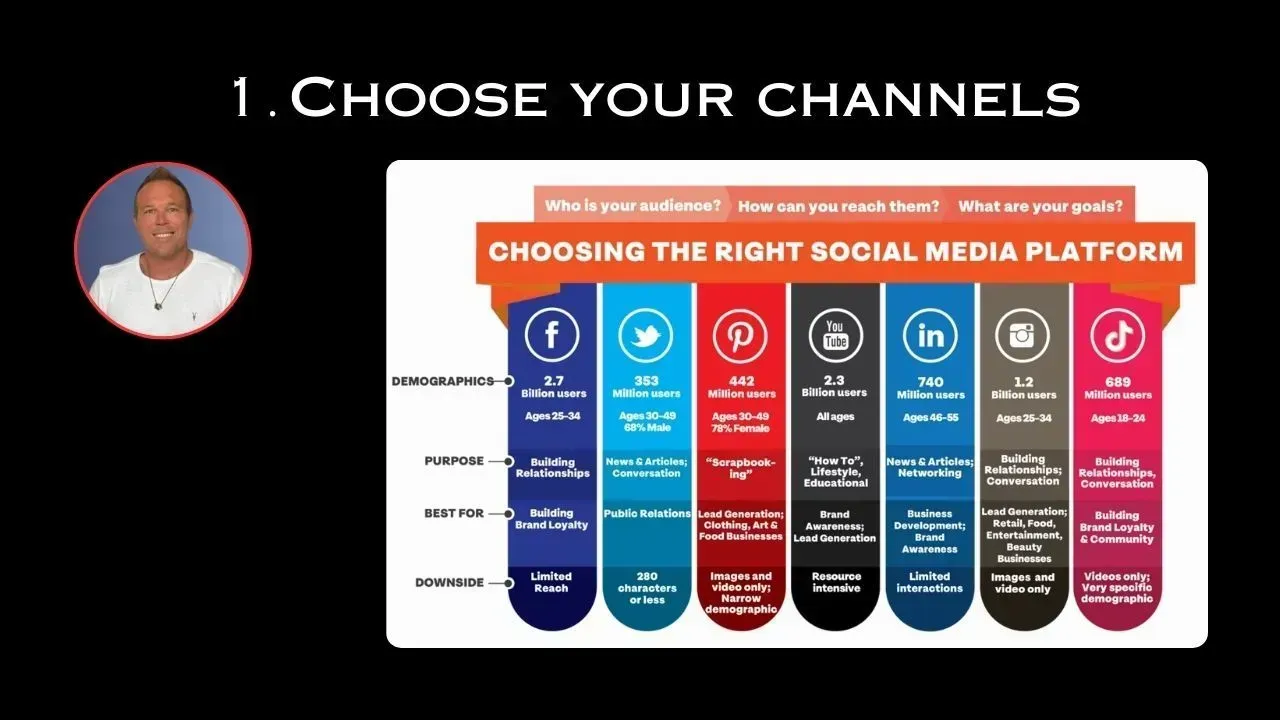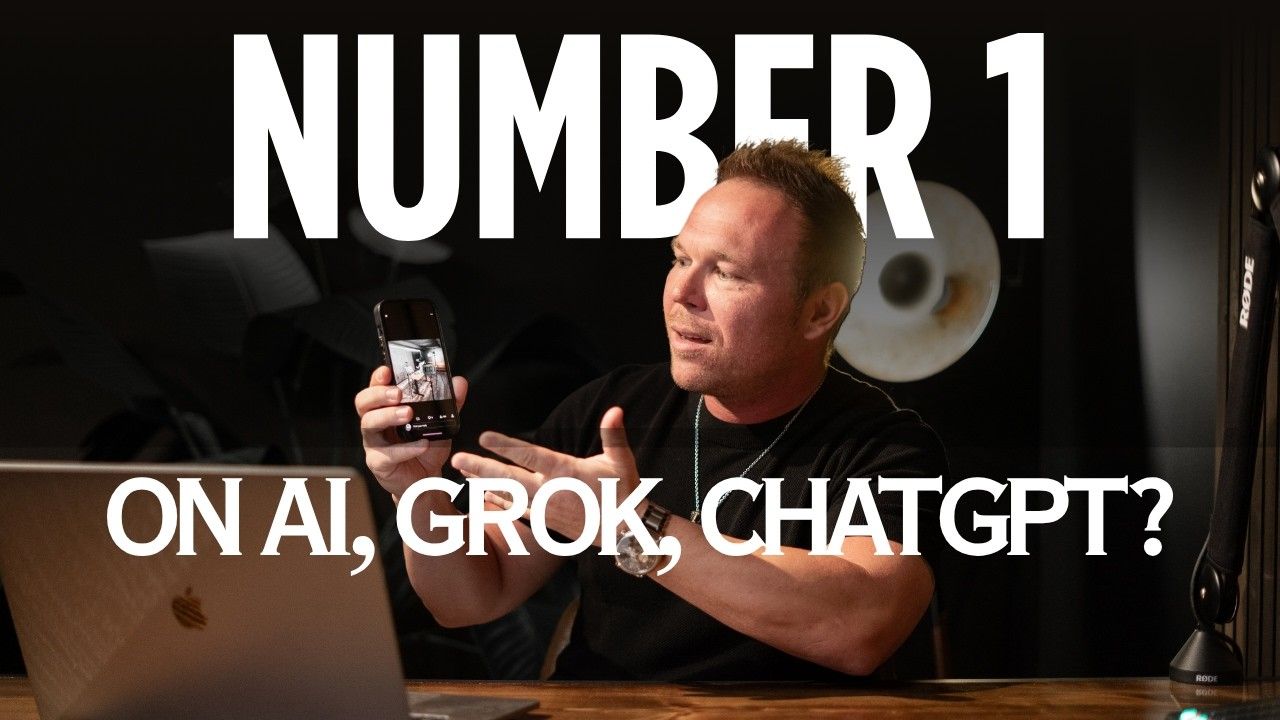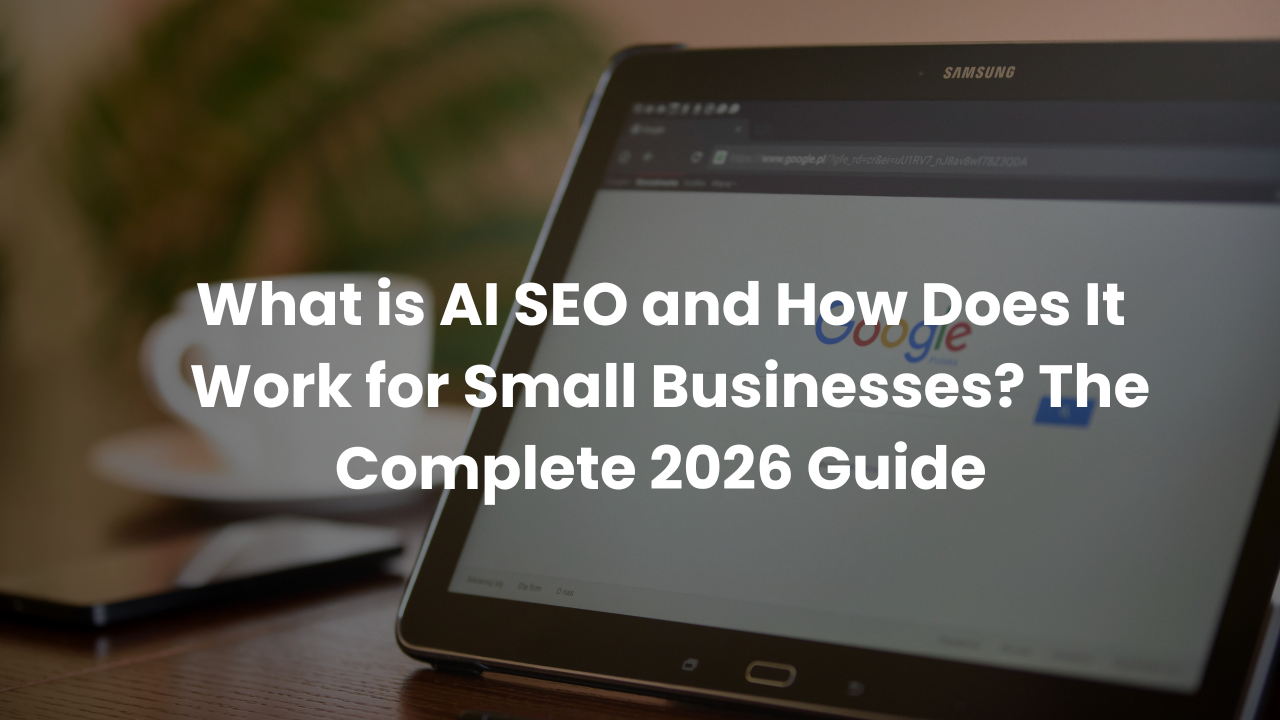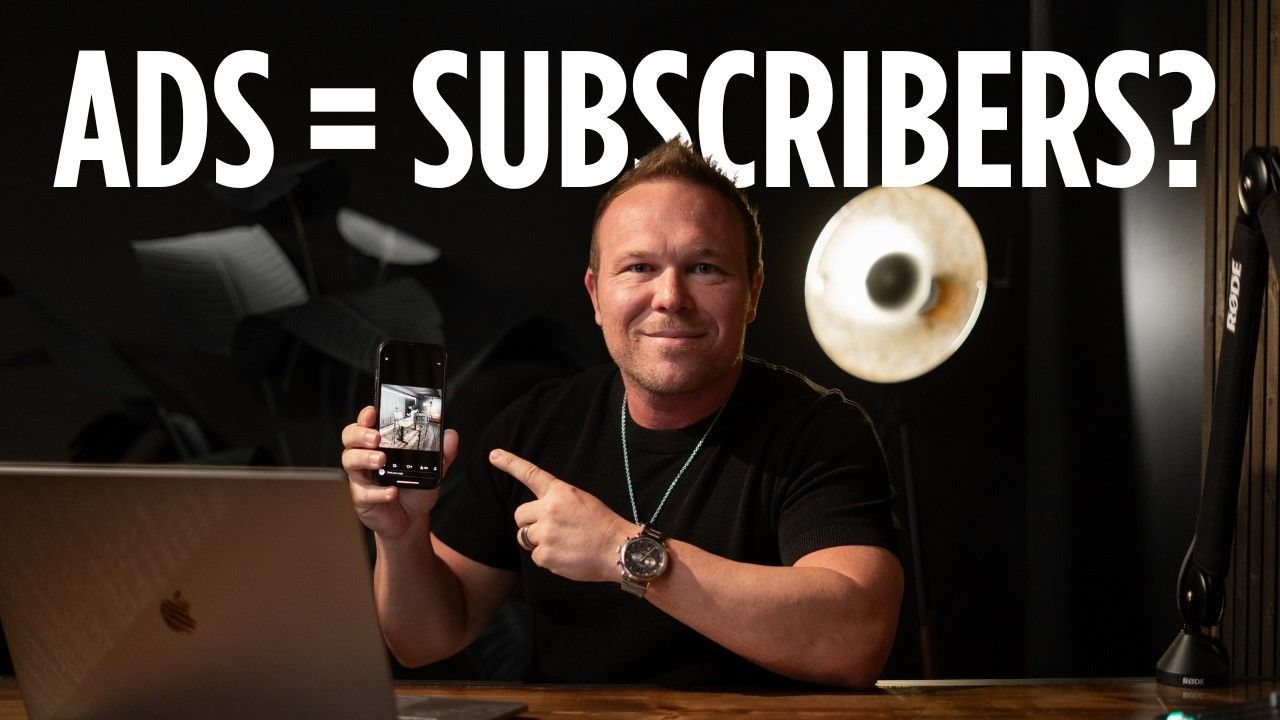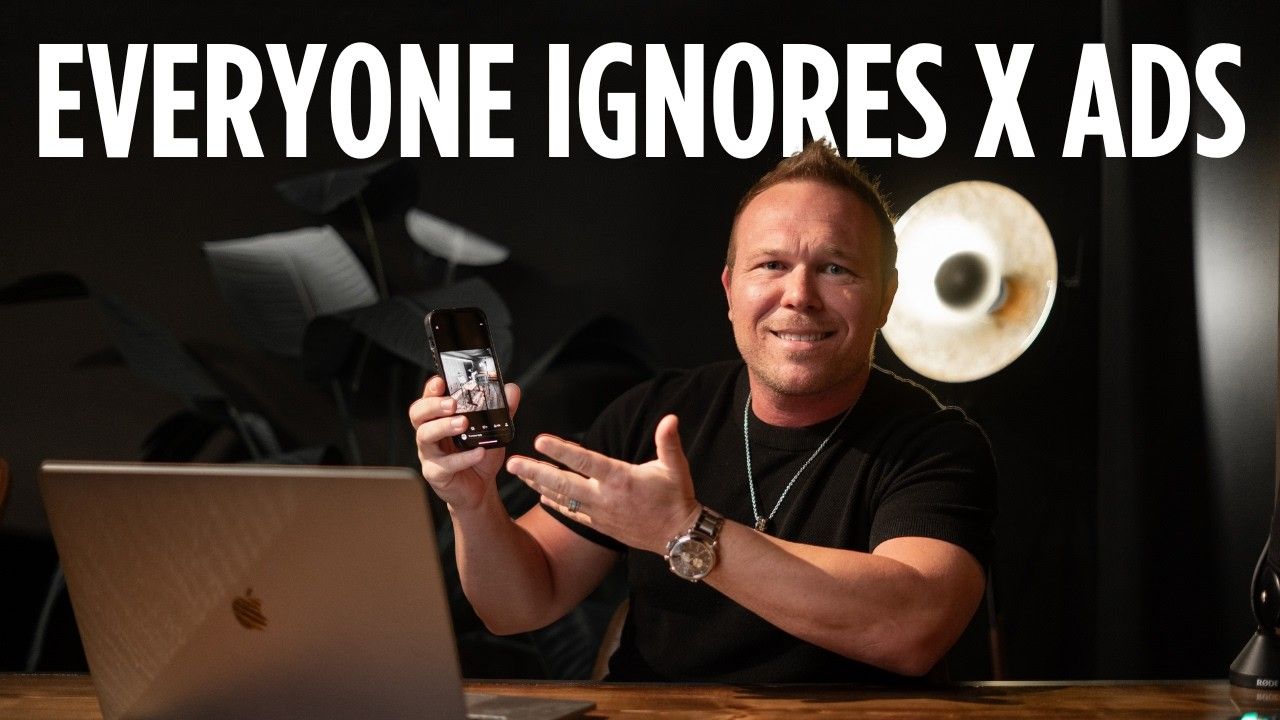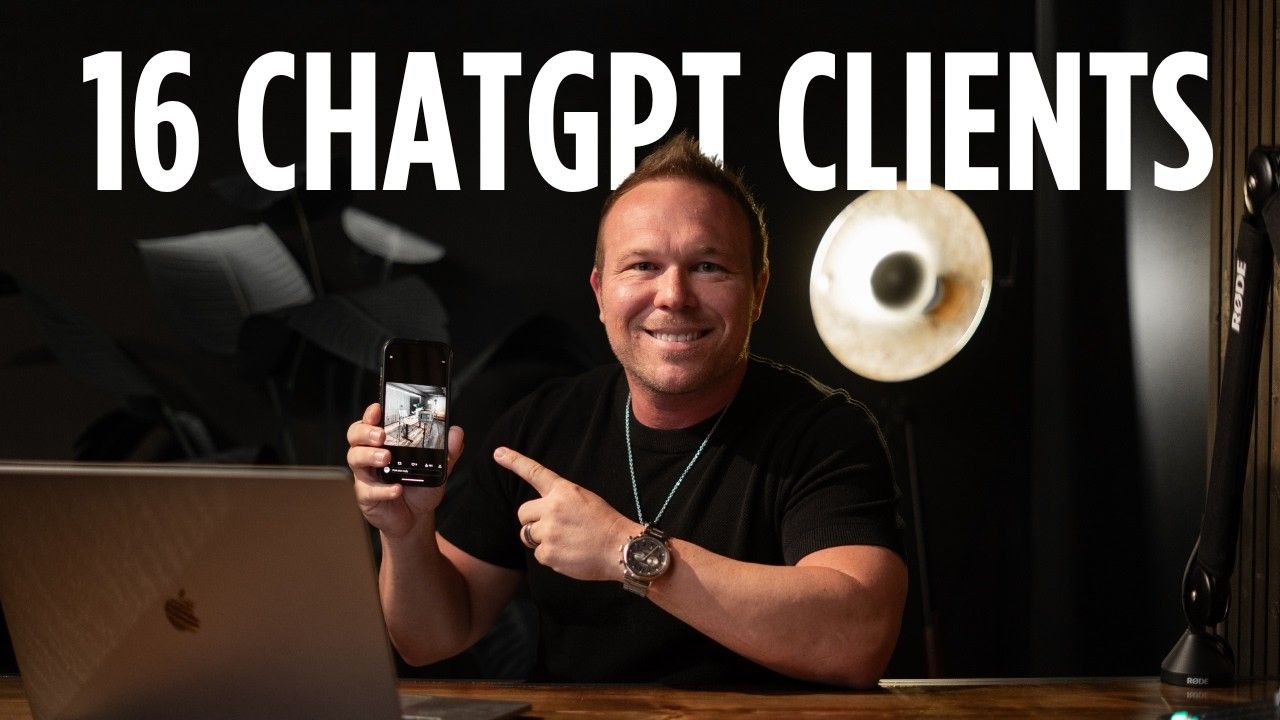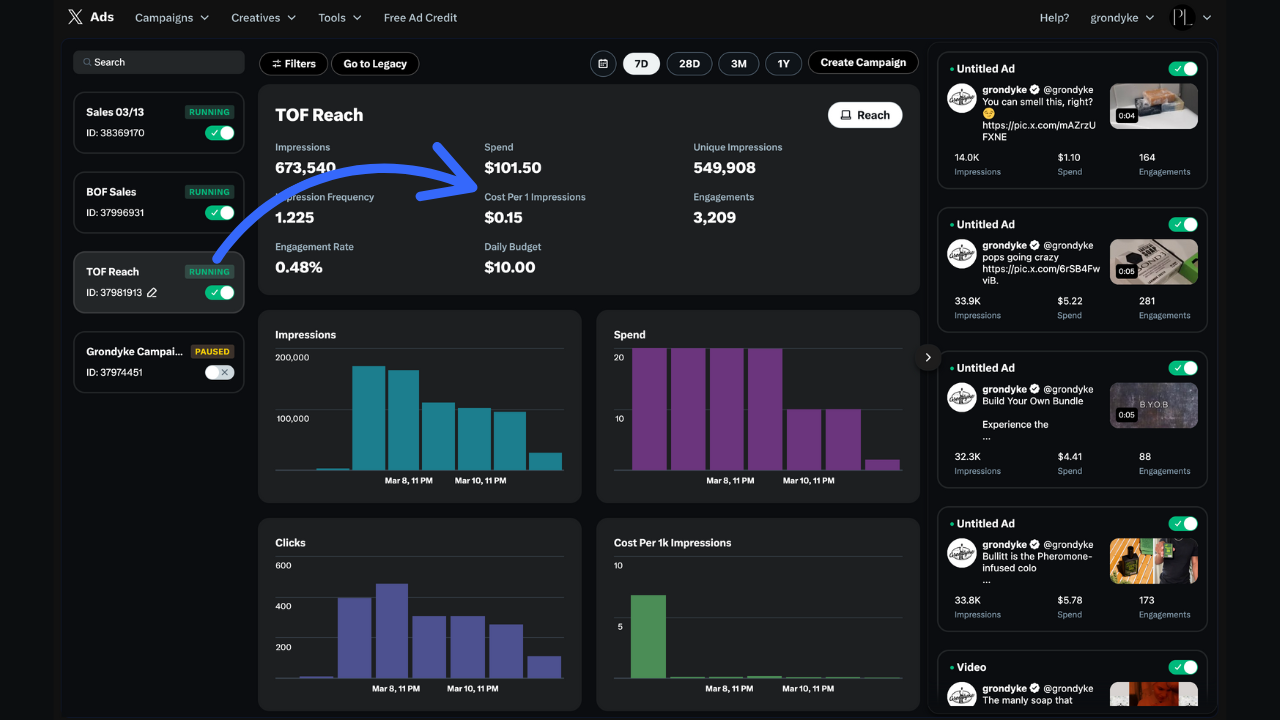How to create a content strategy for a brand - Guide for 2024
Here are four simple tips to create a content strategy for a brand
- How do I identify my target audience and the best platforms for my content? Analyze your ideal customer's demographics, interests, and online behavior. Choose two primary platforms where your audience is most active, like Google, Facebook, Twitter, or Pinterest, based on your business type.
- What type of content should I create and how do I plan it? Understand your customers' needs and challenges by putting yourself in their shoes. Use keyword research tools to discover topics they are interested in. Develop a content calendar to schedule posts during times when your audience is most active.
- How do I effectively implement and manage my content strategy? Create engaging content tailored to your chosen platforms. To manage your strategy efficiently, consider hiring virtual assistants or using content management tools. Balance the quality and frequency of your posts to maintain consistent engagement.
- How do I ensure my content strategy stays relevant and effective? Regularly monitor and analyze the performance of your content. Be flexible and ready to adapt your strategy based on audience feedback and changing trends to keep your content strategy aligned with your audience’s evolving needs.
In this guide, we will walk you through the key steps to develop a content strategy that will help you get started and maintain consistency. Whether you're new to marketing or looking to revamp your existing strategy, this guide is perfect for you.
Step 1: Choose Your Channels
The first step in creating your content strategy is to determine which channels are most suitable for reaching your target audience. Consider where your ideal customers are most active. Are they on Facebook, Twitter, Pinterest, or Google? By identifying the channels where your audience spends their time, you can focus your efforts and resources in the right direction.When starting out, it's best to choose two primary channels to avoid spreading yourself too thin. For example, if you run an e-commerce business, your audience may be actively searching on Google for your products. Alternatively, if you have a local business, your customers may be active in Facebook groups related to your industry. Understanding where your target audience is present will help you optimize your content strategy and ensure you're reaching the right people at the right time.
- Identify Your Target Audience: Determine who your ideal customers are. Understanding their demographics, interests, and behaviors is crucial.
- Research Active Platforms: Find out where your target audience spends most of their time online. Are they more active on Facebook, Twitter, Pinterest, or Google?
- Analyze Platform Suitability: Assess each platform to understand how it aligns with your business and audience. Each platform has its own strengths and audience type.
- Choose Two Primary Channels: To avoid overextending your resources, select two main platforms where your audience is most active. This focused approach ensures better engagement and effectiveness.
- Tailor Your Strategy to the Platform:
- If your business is e-commerce based and your audience searches for products on Google, prioritize Google as one of your primary channels.
- For a local business, if your customers are active in Facebook groups related to your industry, make Facebook one of your primary channels.
- Develop Platform-Specific Content: Create content that is tailored to the chosen platforms, keeping in mind their unique features and the preferences of your audience on those platforms.
- Monitor and Adjust: Regularly review the performance of your content on these platforms. Be ready to adjust your strategy based on what works best in engaging your audience.
Step 2: Research Your Topics
Researching the topics your ideal customers are already searching for is crucial for creating valuable content that resonates with them. By addressing their needs, providing education, or offering guidance on relevant topics, you can position your brand as a trusted resource.Start by putting yourself in your customers' shoes. Think about the challenges they face and the information they seek. For example, if people are searching for ways to lose weight, they may turn to Google for information. On the other hand, if they're looking to improve their credit, they would likely search for tips on Google as well. By understanding where your customers would search for solutions, you can create content that meets their needs.
Here are simple, easy-to-follow steps to research topics your ideal customers are searching for, which will help you create valuable and resonant content:
- Define Your Ideal Customer : Clearly identify who your target audience is, including their demographics, interests, and typical challenges.
- Empathize with Your Customers : Put yourself in your customers' shoes. Consider the challenges and questions they might have in their daily lives.
- Identify Key Topics : Based on your understanding of your customers' challenges, list down potential topics they might be interested in. For example:
- If your audience is interested in health and fitness, topics might include weight loss, healthy eating, or workout routines.
- If your audience is concerned about financial health, topics could include credit improvement, budgeting, or saving money.
- Research Online Behavior : Investigate where your customers might go to search for information. Google is a common starting point for many searches.
- Use Keyword Research Tools : Utilize tools like Google Keyword Planner, SEMrush, or Ahrefs to find what specific terms and questions your audience is searching for related to your identified topics.
- Analyze Search Trends : Look at trending topics and frequently asked questions in your industry. Tools like Google Trends can be helpful here.
- Create Content Based on Findings : Develop content that directly addresses the needs and questions of your audience. Ensure it's informative, engaging, and provides value.
- Optimize for Search Engines : Make sure your content is SEO-friendly so it appears in search results when your customers look for related topics.
- Monitor and Adapt : Regularly check the performance of your content. See what's resonating with your audience and adjust your strategy accordingly.
By following these steps, you can create content that not only meets the needs of your audience but also positions your brand as a trusted and valuable resource in your industry.
Step 3: Create and Stick to a Content Calendar
Consistency is key when it comes to building your brand online. While it may take some time to see significant results, staying consistent with your content strategy over six months or more is crucial for achieving success.To stay organized and on track, create a content calendar. This calendar will outline when and where you will post your content. Consider which days and times your audience is most active online. By taking into account your clients' online behavior, you can ensure your content reaches them at the ideal time. perhaps consider posting every Monday, Wednesday, and Friday at 12:00 p.m. if that's when your audience is most likely to engage with your content.
The frequency of your posts may vary depending on your audience and your own availability. Determine how many times a week you can realistically post while maintaining quality. This could be daily, every other day, or even just once a week. Find a frequency that works best for you while still meeting your audience's expectations.
Here are simple, easy-to-follow steps for maintaining consistency in building your brand online through a content strategy:
- Acknowledge the Importance of Consistency : Understand that building a brand online takes time, and consistency in posting content is key to long-term success.
- Develop a Content Strategy : Plan your content in advance. Decide on the types of content you will create that resonate with your audience and align with your brand values.
- Create a Content Calendar : This is your roadmap for when and where you'll post your content. Use tools like Google Calendar or specialized software for content planning.
- Analyze Your Audience's Online Behavior : Research to determine when your audience is most active online. Tools like social media analytics can provide insights into the best times to post.
- Set a Realistic Posting Schedule : Based on your research, choose specific days and times for posting. For example, if your audience is most active on Mondays, Wednesdays, and Fridays at 12:00 p.m., schedule your posts for these times.
- Determine Posting Frequency : Decide how often you can post while maintaining content quality. This could be daily, every other day, or weekly, depending on your resources and audience engagement patterns.
- Prepare Content in Advance : To avoid last-minute rushes, prepare your content ahead of time. This could include writing blog posts, designing graphics, or filming videos.
- Use Scheduling Tools : Leverage social media scheduling tools like Hootsuite or Buffer to automate your posting process according to your content calendar.
- Stay Flexible and Adapt : While consistency is key, be ready to adapt your strategy based on feedback and engagement from your audience.
- Regularly Review and Adjust Your Strategy : Periodically review the effectiveness of your posting schedule and content strategy, and make adjustments as necessary to improve engagement.
By following these steps, you can establish a consistent online presence that will help in building your brand and engaging effectively with your audience over time.
Step 4: Seek Assistance When Needed
As a business owner, your time is precious, and managing your content strategy may become overwhelming as your brand grows. Consider getting help from virtual assistants or content management tools to lighten the load.Once you've reached a certain benchmark, it can be beneficial to delegate content creation and posting tasks to virtual assistants. They can take care of executing your content calendar and ensuring your content gets published on time. Tools like Publer (our affiliate link) can help automate the process by scheduling and publishing your content.
Remember, as your business grows, so will your content needs. The key is to find the balance between handling content management on your own and seeking assistance from others who can help ensure your content strategy stays on track.
Here are simple, step-by-step tips for managing your content strategy efficiently as your business grows:
- Recognize the Need for Assistance : Understand that as your business expands, managing a content strategy single-handedly can become challenging.
- Explore Hiring Virtual Assistants : Consider bringing on virtual assistants (VAs) to help with content creation and management. They can handle tasks like writing, graphic design, or social media management.
- Define Clear Objectives for Your VAs : When you hire VAs, be clear about your brand voice, content goals, and the quality standards you expect.
- Use Content Management Tools : Familiarize yourself with tools like Publr or Hootsuite, which can automate scheduling and publishing of content across various platforms.
- Integrate VAs with Management Tools : Train your VAs to use these content management tools effectively to ensure smooth operation and consistent posting schedules.
- Set Up a Content Calendar : If you haven't already, create a content calendar. This will be the central guide for you and your team to know what content is due and when.
- Regular Communication is Key : Maintain regular communication with your VAs to ensure they are aligned with your content strategy and any changes that might occur.
- Monitor and Provide Feedback : Regularly review the content and the results. Provide feedback to your VAs for continuous improvement.
- Evaluate Your Content Strategy Regularly : As your business grows, so will your audience and their preferences. Regularly assess if your content strategy is aligning with your audience's evolving needs.
- Balance Delegation and Oversight : Find the right balance between delegating tasks and maintaining oversight to ensure that your brand’s voice and quality are consistent.
By following these steps, you can effectively manage your content strategy as your brand grows, ensuring that the quality of your content remains high while freeing up your time to focus on other critical aspects of your business.
Step 5: Start Making Content
Developing a strong content strategy is essential for success in today's digital landscape. By choosing the right channels, researching your audience's needs, creating a content calendar, and seeking assistance when needed, you can build a robust online presence for your brand.If you're ready to take your content strategy to the next level, I encourage you to download our free content strategy guide. This guide provides a cheat sheet for content creation, outlining what to post, how to post, and how often to post on different platforms. By following this guide, you'll be well on your way to growing your business online.
Thank you for reading and investing your time in enhancing your content strategy. We appreciate your support, and if you have any further questions or need additional assistance, please don't hesitate to reach out. Here's to your continued success in building your brand online!
How do I choose the right channels for my content strategy?
To choose the right channels, identify where your target audience is most active. Research platforms like Facebook, Twitter, Pinterest, or Google to see which ones align with your audience's interests and behaviors. Start with two primary channels to focus your efforts and resources effectively.
What steps should I take to research and select content topics?
Research your audience's interests and needs by defining their demographics and challenges. Use tools like Google Keyword Planner and analyze search trends to find relevant topics. Create content that addresses these topics and is optimized for search engines to resonate with your audience.
How can I stay consistent with my content posting schedule?
Create a content calendar to plan your posts in advance and schedule them using tools like Hootsuite or Buffer. Determine the best times to post based on when your audience is most active. Set a realistic posting frequency and adjust your strategy based on performance and engagement.

